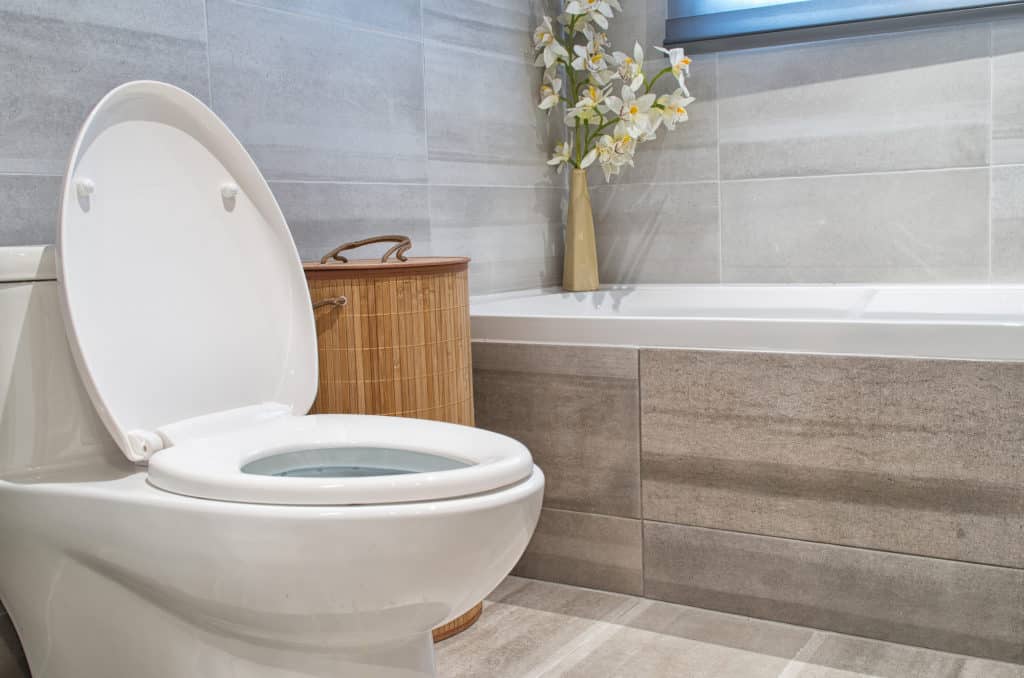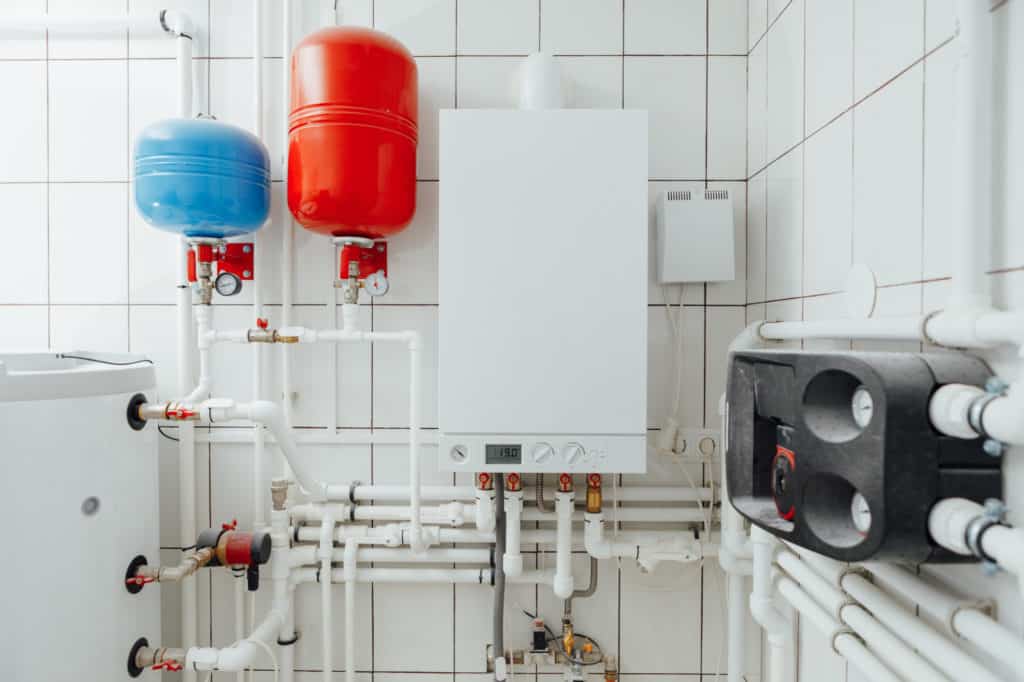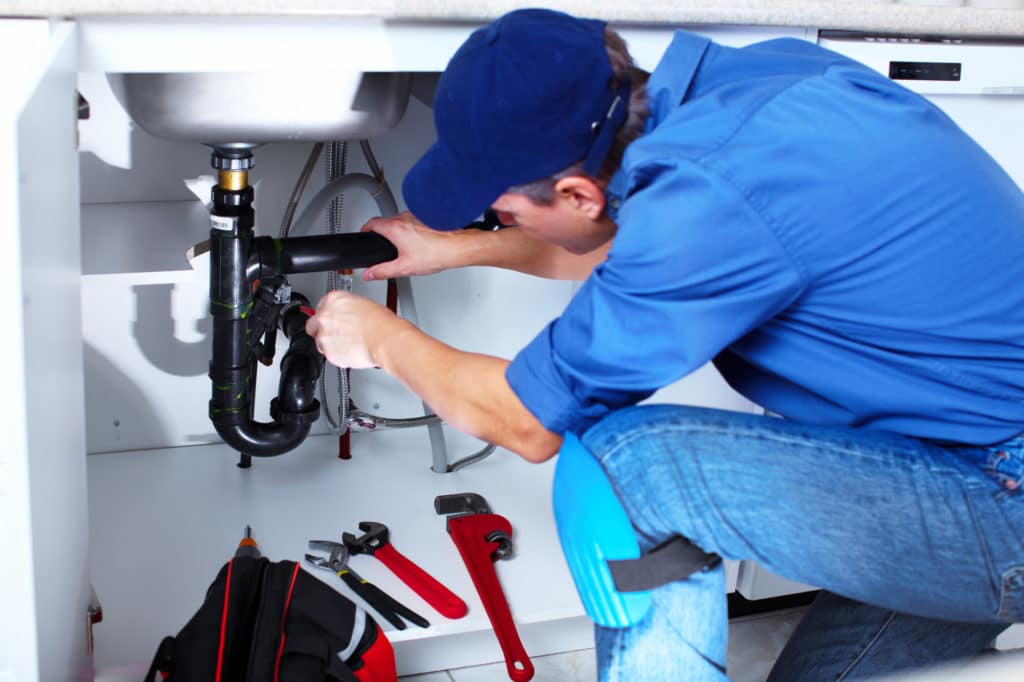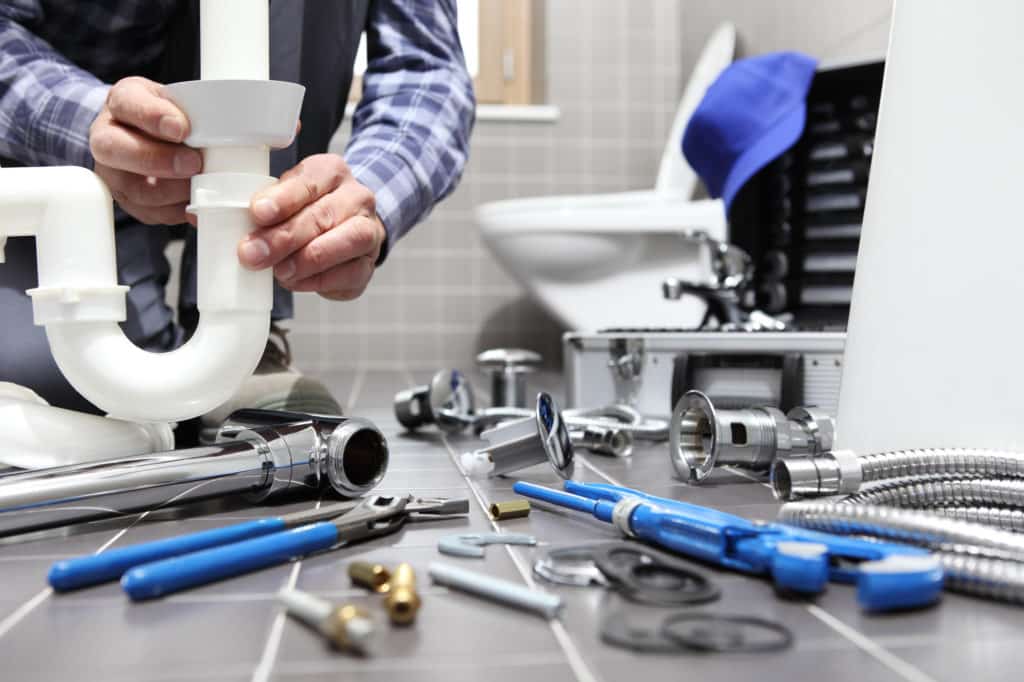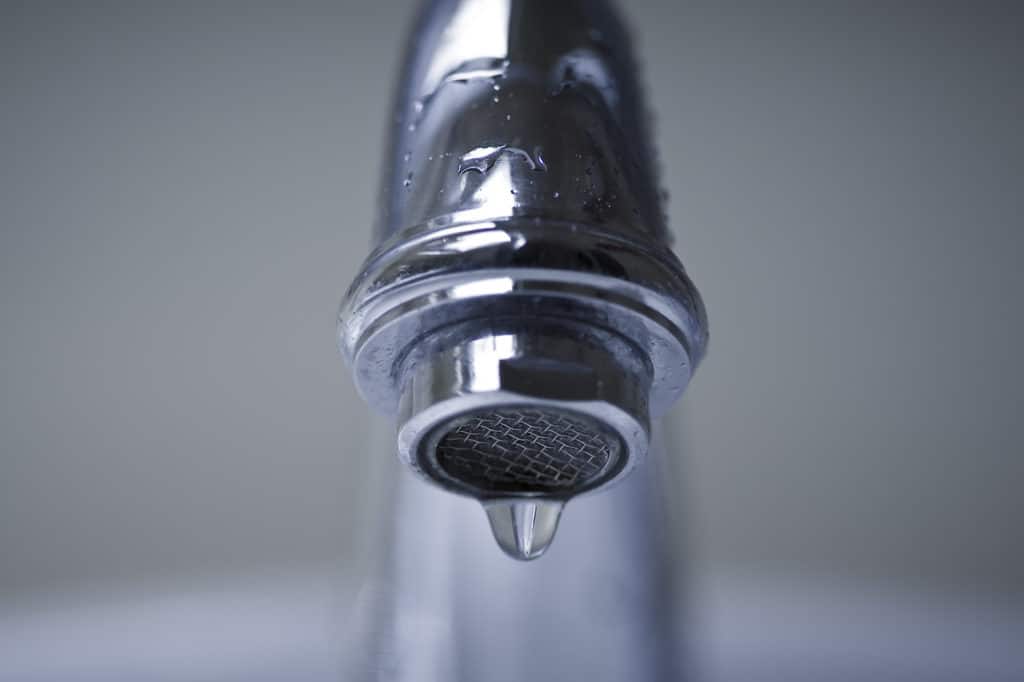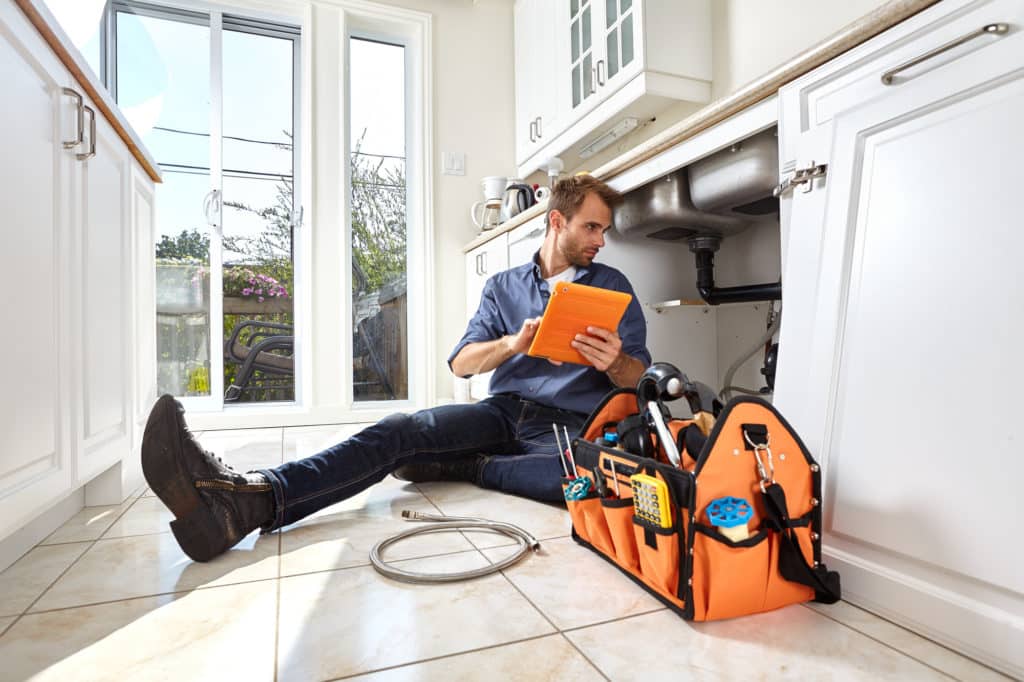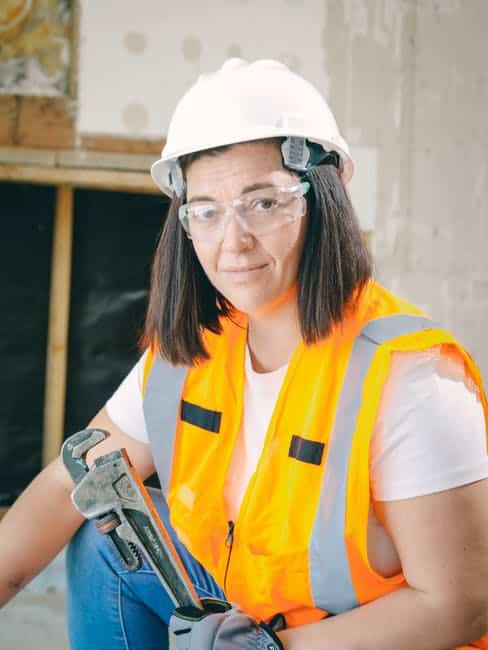Isn’t it so frustrating to have a toilet that takes time to push everything down the drain? Having to pour water inside the toilet when this issue occurs can also be tiresome. What’s more, a slow toilet flushing system doesn’t eliminate all the wastewater.
You’ll notice residue of waste floating in your toilet if it has a faulty flushing system. The waste fragments may produce a foul smell and attract house flies into your house. Failing to fix this problem may put your household at risk of water-borne diseases.
If you have a slow flushing toilet, the chances are that its drain is entirely or partially clogged. The problem may also be caused by mineral buildup around the rim or low water levels in the tank.
Finding ways to fix a slow flush problem will save you cash spent on plumbing repairs. Here are the five possible causes of this problem and how to fix a toilet with a slow flush;
1. Sediment Build-up Along the Rim
Your toilet bowl may drain properly but slowly if there are sediments or minerals around the jet holes. The sediment buildup can reduce the pressure flowing from the tank into the bowl.
Use vinegar and baking soda to remove the mineral stains from the rim. Pour a cup of vinegar on your toilet brush and sprinkle a cup of baking soda on the rim. Pour another cup of vinegar to the rim and leave it to sit for ten minutes before brushing it off.
Borax paste would be ideal for stubborn mineral or sediment buildup around your toilet bowl and rims. Mix half a cup of Borax with vinegar and spread it on the stains when the bowl is dry. After letting the paste sit for about 20 minutes, scrub it off with a toilet brush and rinse with water.
Each of these solutions isn’t guaranteed to work immediately. Experiment with different cleaners, and don’t hesitate to seek expert help if the problem persists.
2. Blockage in the Drain
Your toilet won’t flush all the way due to a blocked drain. Blockage in the toilet may make it difficult for waste to flow down the sewer line.
To tell whether your slow draining toilet has a blocked drain, pour a gallon of water into its bowl. If you notice water rising with fragments of waste, then the drain is definitely clogged. The problem may come from the toilet tank if the water level stays the same or sinks.
The drain is likely to have blockages if you flush plastics or metals. Luckily, you can use a plunger to fix this issue. With gloves on your hand, gently push the plunger inside the drain.
Be careful not to have wastewater spilling all over your clothes while fixing this problem. Increase the speed of the plunges until the wastewater starts flowing down the drain.
If you are successful, you may pull out the objects that clogged the drain. Expect to have unpleasant smells coming out of the toilet when doing this task.
3. Too Much Slack on the Flapper
Your toilet flapper may be the cause of the problem if you have to hold the handle down for a long time before getting a good flush. You’ll find the flapper in the toilet tank joined to the flush handle with a rod and chain.
When pushing the flush handle down, the rod will lift the chain to open the flapper valve. The flapper valve will then allow water from the tank to flow through the jets of the bowl. It’s common for the flapper to close faster and let little water down the jets if the chain is loose or too long.
To fix this problem, check whether the flapper chain has a clip. If it has one, latch the clip onto a different chain link to shorten the length of the chain. This adjustment will allow the flapper to open effortlessly and let enough water flow through the bowl.
4. Low Water Levels in the Toilet Tank
Your toilet’s flushing system won’t work as usual if there isn’t enough water in the tank. To confirm whether the tank has adequate water, remove the lid and check the water levels.
If the water level in the tank is low, the problem might come from the toilet tank. You should also check whether water is dripping from the fill valve. The tank may leak if there’s no water coming out.
Contact a plumber to fix the leak in your toilet tank if the plumbing issues aren’t resolved. The plumber will first inspect the entire toilet before suggesting a solution.
5. Faulty Plumbing Vent System
Your plumbing system needs a functional vent system to work effectively. If there’s a problem with the vent system, it won’t regulate air pressure in your toilet. It will also be difficult for the system to remove odors and gas from your home and push water through the drain.
The toilet’s flushing system will also suffer if the vent system doesn’t work. You’ll hear gurgling sounds in the pipes and notice foul sewage odors coming from the drain. Your sinks and showers will lose their draining power if you don’t fix this problem.
Once you notice these signs, call a reliable plumber to inspect the vent system. It’s pretty difficult to troubleshoot this problem without expert plumbing knowledge. You may also end up worsening the issue if you try fixing it by yourself.
Your plumber will check the vent pipes for any signs of damage or blockage. Expect them to fix or unclog the pipes depending on what they find during the inspection.
Have Your Slow Toilet Fixed Today
A toilet is among the most sensitive aspects of plumbing that needs urgent care when any problem arises. You can fix a slow toilet in minutes using the simple methods discussed in this guide. Always reach out to a plumber if any of these solutions fail to work.
Count on Gaithersburg Plumbers for top-notch plumbing repairs and detailed assessments. Our experts use superior materials to keep your plumbing system up and running. Request a Gaithersburg plumber today to enjoy these services.





